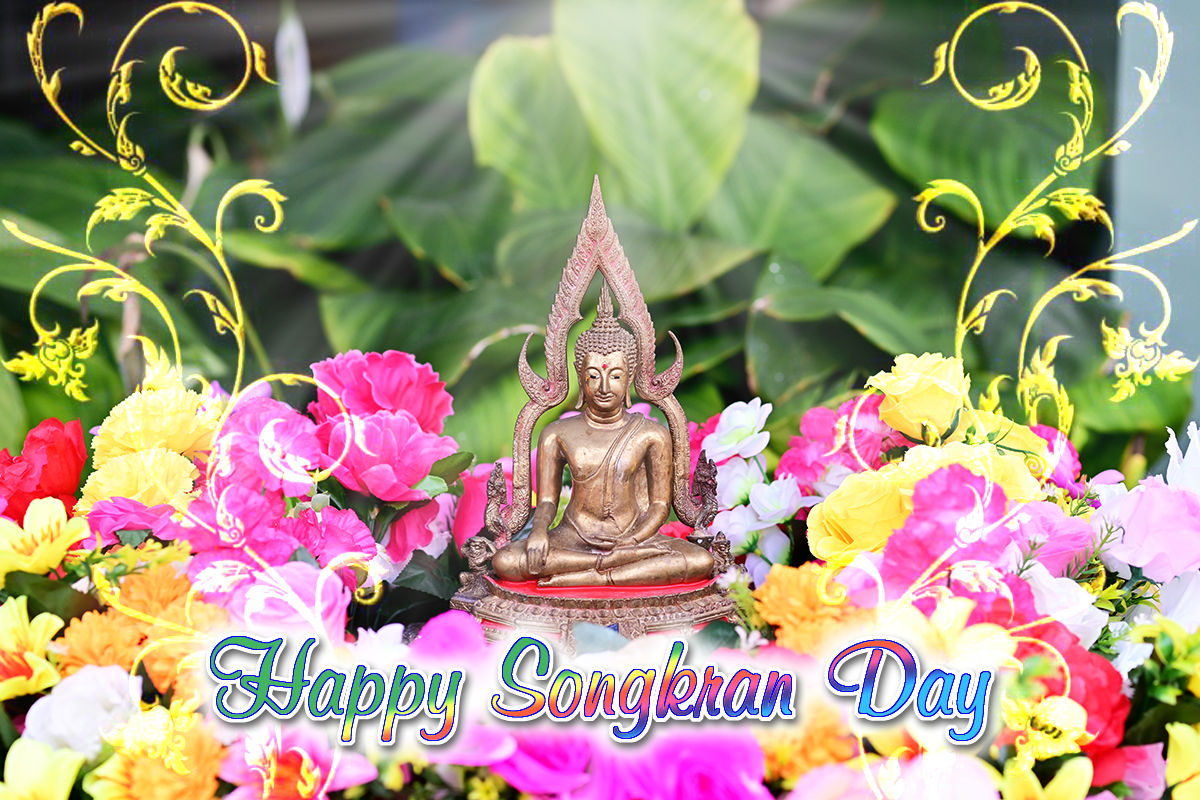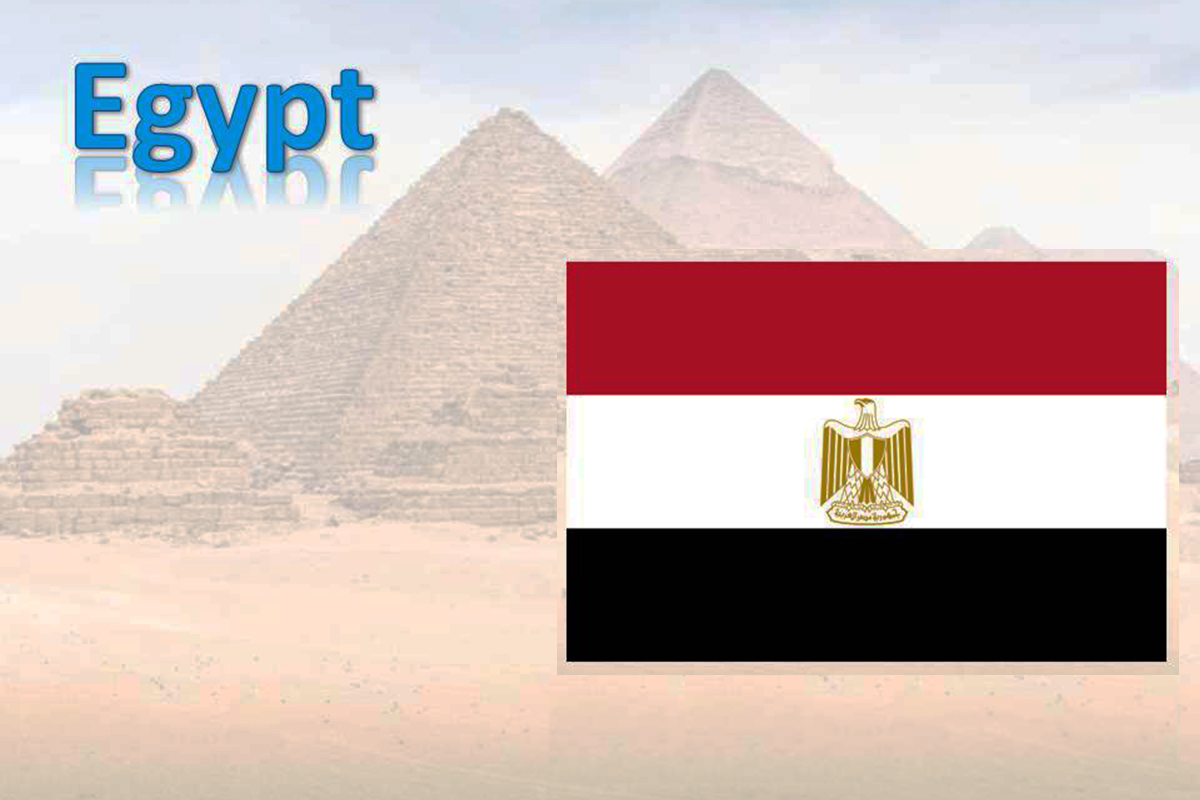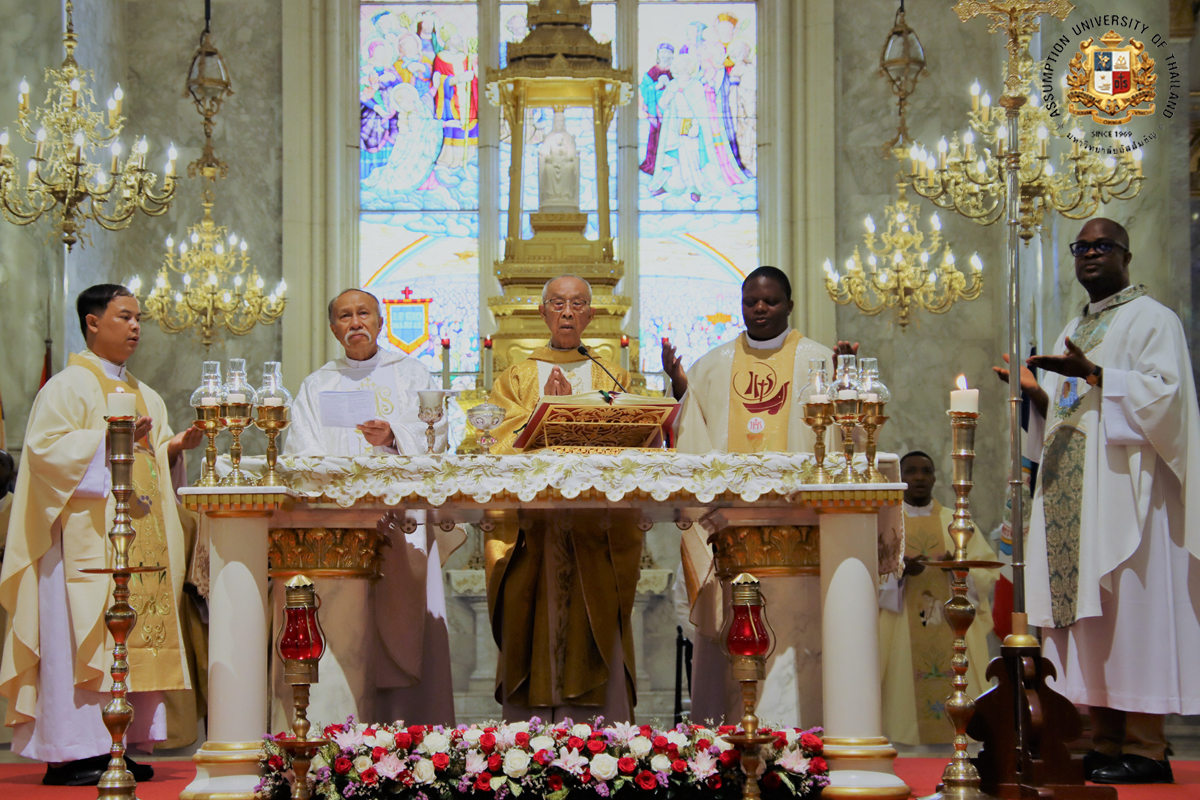Memorial Day of Phra Nangklao Chaoyuhua, King Rama III, 31 March
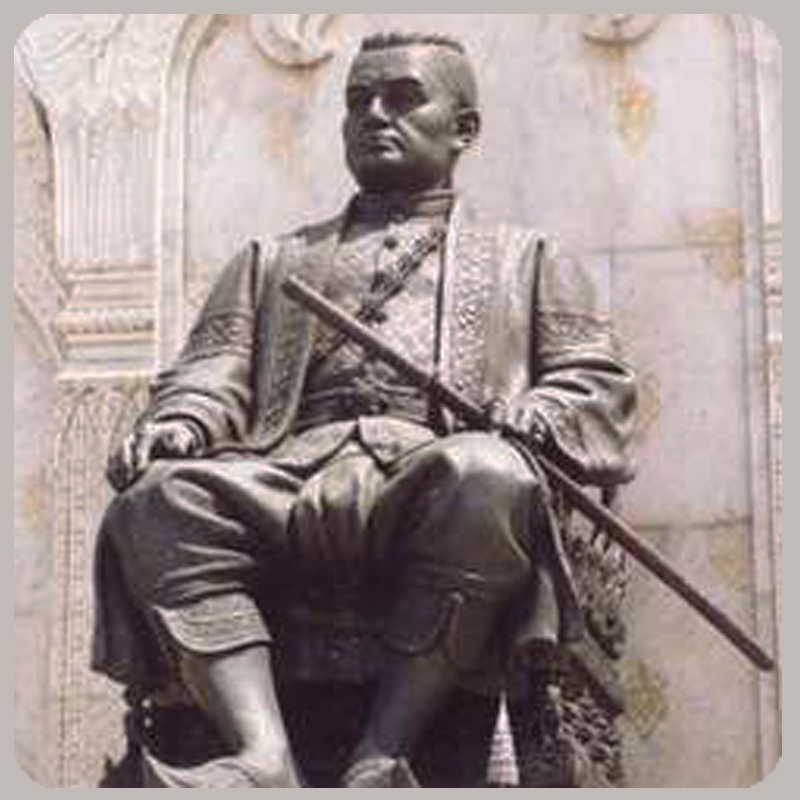
Phra Nangklao Chaoyuhua
King Rama III
(1824-1851)
King Phra Nangklao Chaoyuhua, or King Rama III of the Chakri Dynasty, or King Jessadabodindra (full royal name Prabath Somdej Pra Paramadhiwarasetha Maha Jessadabodindra Siammintarawirodom Borommadhammikkarajadhirat Boromanathbopitra Phra Nangklao Chaoyuhua) was born in Bangkok on March 31, 1788. He was the son of King Rama II by a junior wife, Chao Chom Riem. King Rama III was crowned at the age of 37.
King Phra Nangklao was the last traditional monarch of Siam. Though his successors were also traditionalists, they started to modernize the kingdom.
King Phra Nangklao was really well versed in government affairs and a genius in law and trade. King Phra Nangklao was fully aware of the problems of international and domestic trade, and knew all about the trading seasons. He was extremely conscious about the trade imbalance with foreign countries. He had managed to earn such a large amount of foreign exchange that his father King Rama II called him "Chow Sua", a Chinese term meaning "Taipa", or trading boss.
King Phra Nangklao showed exceptional generosity and politeness thus gaining admiration from people of all ranks-royalty as well as commoners. Without the designation of an heir to the throne after the death of Rama II, the Accession Council, therefore, gave consent for Prince Chesdabodin, to be bornated king Rama II at the age of 37.
As for religion, he patronized all of them whether it was Brahminism, Christianity, Hinduism or Sikhsm. King Rama III keenly encouraged both monks and novices to take courses in Buddhism in the capital city as well as in the provinces. King Phra Nangklao compiled a new version of the Buddhist Tripitaka that was widely distributed throughout the country. He went as far as to permit monks to use various castles as classrooms for teaching Buddhism.
In education, King Phra Nangklao gave full support to whoever showed talent. He also ordered a new textbook Chindamanee to be written which was used until the reign of King Rama V. He made Wat Phra Chettupon the center of knowledge for various subjects such as literature, medical science, Buddhism, and history, and grew plants that possessed medicinal values around the temple compound.
Concerning relation with foreign countries, King Phra Nangklao moved with extreme caution since he had to preserve both the integrity and the sovereignty of the kingdom as at that time neighboring countries were being colonized so much so that he commented before he died.
King Phra Nangklao also gave the advice of bewaring the influence of Westerners which mentioned that we can learn from them for the good of our country, then do so but don’t get fatuous with their entire way of living.
This particular advice of King Phra Nangklao was adhered to by surveying kings and proved so successful that Thailand has remained free and independent to the present day.
King Phra Nangklao's most impressive action was his treatment of the next in line for succession to the throne. Even though he had many sons who could have been designated to be the next king, he paid more attention as to whom the position should be best owed upon, keeping in mind the survival of the kingdom. Once, before he passed away, he said to an audience consisting of people of all ranks.
"If anyone of the Royal Family is fit in all respects to become the next king-in daily administration, in religious affairs and in protecting the populace as well as the kingdom's independence-then, that person should be the next king. Feel free to make your own decision without regard to my own feelings. All I ask for is that you do not solve your conflicts through force which will inevitably hurt the people."
In 1851, King Rama III died, and, the crown passed smoothly to his younger brother, Prince Maha Mongkut who was known as King Rama IV.
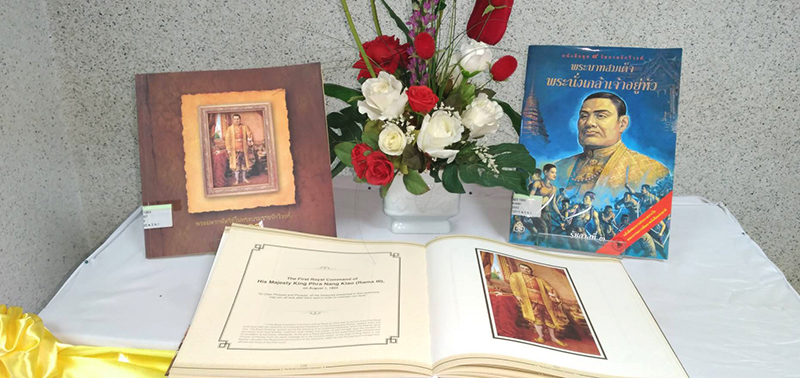
King Rama III-The merchant King.
Sources
Bhamorabutr, A. (1983). The Chakri dynasty. D.K. Today.
Rama III King of Siam. (n.d.). https://www.britannica.com/biography/Rama-III
